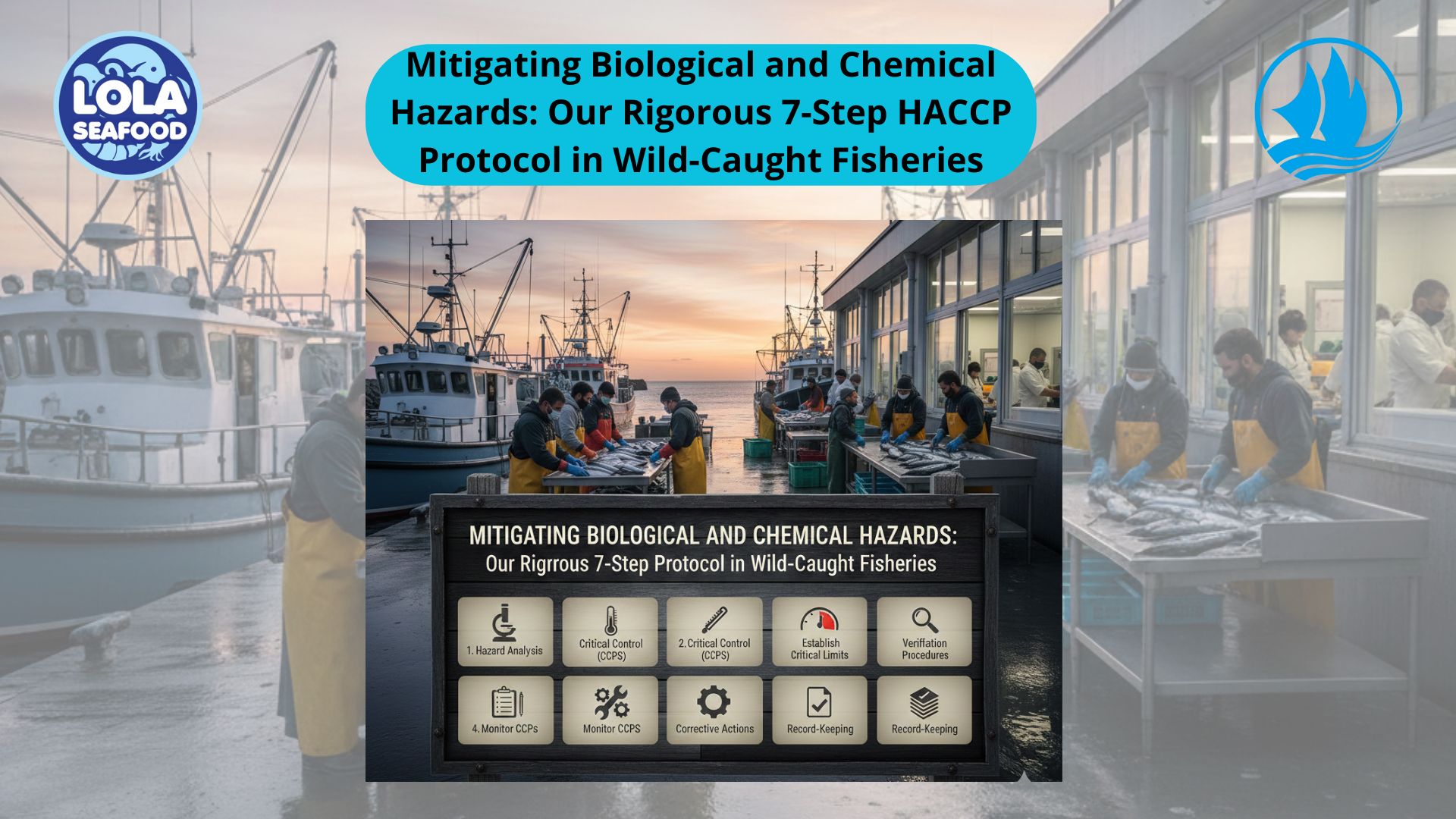Snappers Description
By. Nevanda - 27 Mar 2023
kelolalaut.com - Snappers are small to large predatory fishes usually found in tropical and subtropical reef and mangrove habitats. Snappers are mostly marine fish that belong to the Lutjanidae family. Lutjanids are generalised percoid fishes with a robust, relatively elongate body, a single dorsal fin (usually with 10 or 11 spines), and well-developed canine teeth in jaws.
Snappers are valuable and well-regarded food fishes. Some, however, such as the dog snapper (Lutjanus jocu) of the Atlantic, may contain a toxic substance and cause ciguatera, a form of poisoning. The better-known species of snapper include the emperor snapper (L. sebae), a red and white Indo-Pacific fish; and the red snapper (Lutjanus campechanus), a bright-red fish (one of several red-coloured snappers) famed as food and found in rather deep Atlantic waters.
Read also: This Is Red Emperor Habitat and Behaviour
Snappers inhabit tropical and subtropical regions of all oceans. Some snappers grow up to about 1 m in length however one specific snapper, the Cubera Snapper, grows up to 1.52 m in length. Most species live at depths reaching 100 m near coral reefs, but some species are found up to 500 m deep. They can be kept in aquarium, but mostly grow too fast so it doesn’t become popular aquarium fish.
Most are active carnivores, feeding on crustaceans or other fish, though a few are plankton-feeders. Despite they are predatory fish, young red snapper are food for the large carnivorous fish that share their habitat, such as jacks, groupers, sharks, barracudas, and morays. Large marine mammals and turtles also eat snapper.
Read also: Nutritional Value of Milkfish
They can live a long time—red snapper as old as 57 years have been reported in the Gulf of Mexico and as old as 51 years in the South Atlantic. Females are able to reproduce as early as age 2. Males and females spawn from May to October, depending on their location.
Larval red snapper swim freely within the water column. Juveniles live in shallow waters over sandy or muddy bottom habitat. Adults live on the bottom, usually near hard structures on the continental shelf that have moderate to high relief (for example, coral reefs, artificial reefs, rocks, ledges, and caves), sloping soft-bottom areas, and limestone deposits.
Read also: How To Avoid Getting Seafood Poisoning

The Dominance of Demersal Fish: The Strategic Export Potential of Indonesia’s Grouper and Parrotfish

Mitigating Biological and Chemical Hazards: Our Rigorous 7-Step HACCP Protocol in Wild-Caught Fisheries


.jpg)



